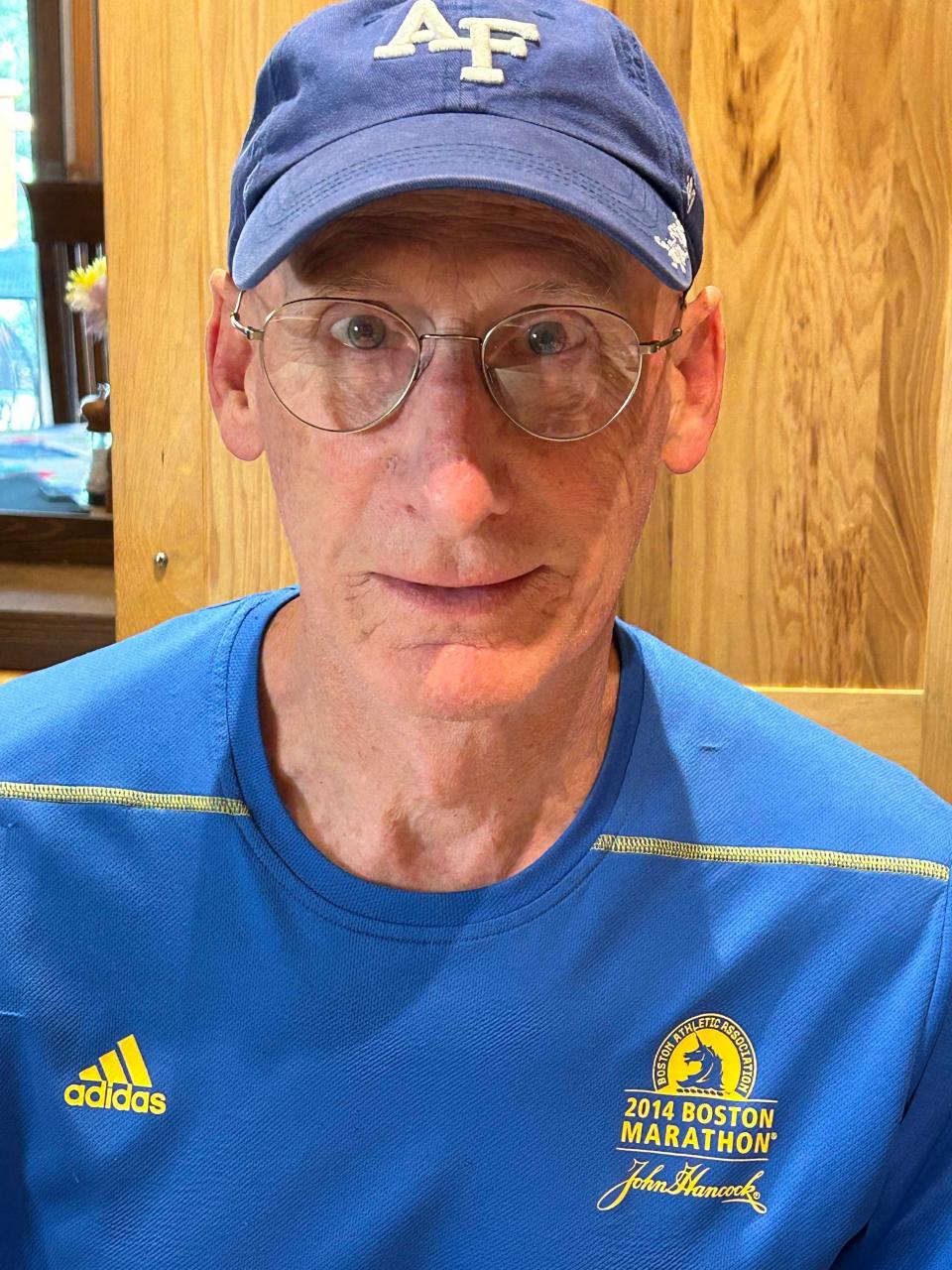Why OSSAA should give Oklahoma parochial schools credit for having good sports programs | Guest
For 10 seasons (2004-2012 and 2014-2016), as a coach for Mount Saint Mary Catholic High School (MSM) cross-country team, it was my privilege to compete with some brilliant Oklahoma high school distance coaches. The MSM athletic director joked that he doubled my salary every year (0 times $0). My "coach's office" was the cab of my pickup.
Before 2004, the oldest high school in Oklahoma had never had a cross-country program. That fall, to provide one student with an increased chance for success, we started a cross-country program and he won state. By the way, he was Catholic and had attended Catholic schools all his life. If he had lived in Texas, he would have been a parochial school student (not a private school student), because in Texas they call it TAPPS, the Texas Association of Parochial and Private Schools (note the distinction).
Another take: Private schools contend OSSAA treats them unfairly, but private and public students aren't the same
Our cross-country program had to compete (like all small Oklahoma schools) with more glamorous sports like volleyball, softball, football and basketball. You have probably seen the T-shirt that says, "My sport is your sport's punishment." With this intra-scholastic competition and low enrollment numbers, plus the fact that most Catholics go to public schools, we always had trouble making a team of seven (minimum of five to score) for girls' or boys' teams. Therefore, I never experienced this "advantage" we were supposed to have from being able to "deny enrollment" to some students. In fact, it seems logical to say that a private or parochial school could unwittingly "filter out" nascent distance runners.
So, did the MSM team have an advantage over other Oklahoma schools of the same size, because it was "private?" Our team and individual runners competed well against same-size schools over a long period of time, simply because we had a development program, not a "conditioning program" for other sports. All of our All-State and All-Star runners, except the first one, were developed over four years. Each of those students had run no more than a mile when they had entered as freshmen. And they were all Catholic, save one. As it turns out, he was a "kissin' cousin" (Episcopalian). So it seems more logical (though wrong) to say that Catholics are better distance runners than to say parochial schools have an advantage due to enrollment requirements.
More: Will student medical forms to play sports and be in band be used against them?
I went to Catholic schools from grades three through 12, because we are Catholic. My high school cross-country coach was not paid as well as his public school peers, but he had been an experienced collegiate runner. He was a great coach and worked us hard with two-a-day workouts. Although we were not as good as the public school team from J.J. Pearce High School, our Bishop Lynch High School team, made up of all Catholic boys, won our division of the University Interscholastic League (Texas) cross-country state championship in 1970. Four of us have All-State medals. However, because we were a Catholic school, we were not given credit for the team victory.
Hopefully, the Oklahoma Secondary School Activities Association (OSSAA) will give Oklahoma parochial schools more credit for having good programs and examine more carefully the logic and proofs of so-called "advantages" that private or parochial schools have in interscholastic competition.

Pat Rupel was a coach for the Mount Saint Mary Catholic High School cross-country team for several years and a 1975 USTFF All-American in the marathon.
This article originally appeared on Oklahoman: Private school vs. public school sports teams: Are there advantages?

